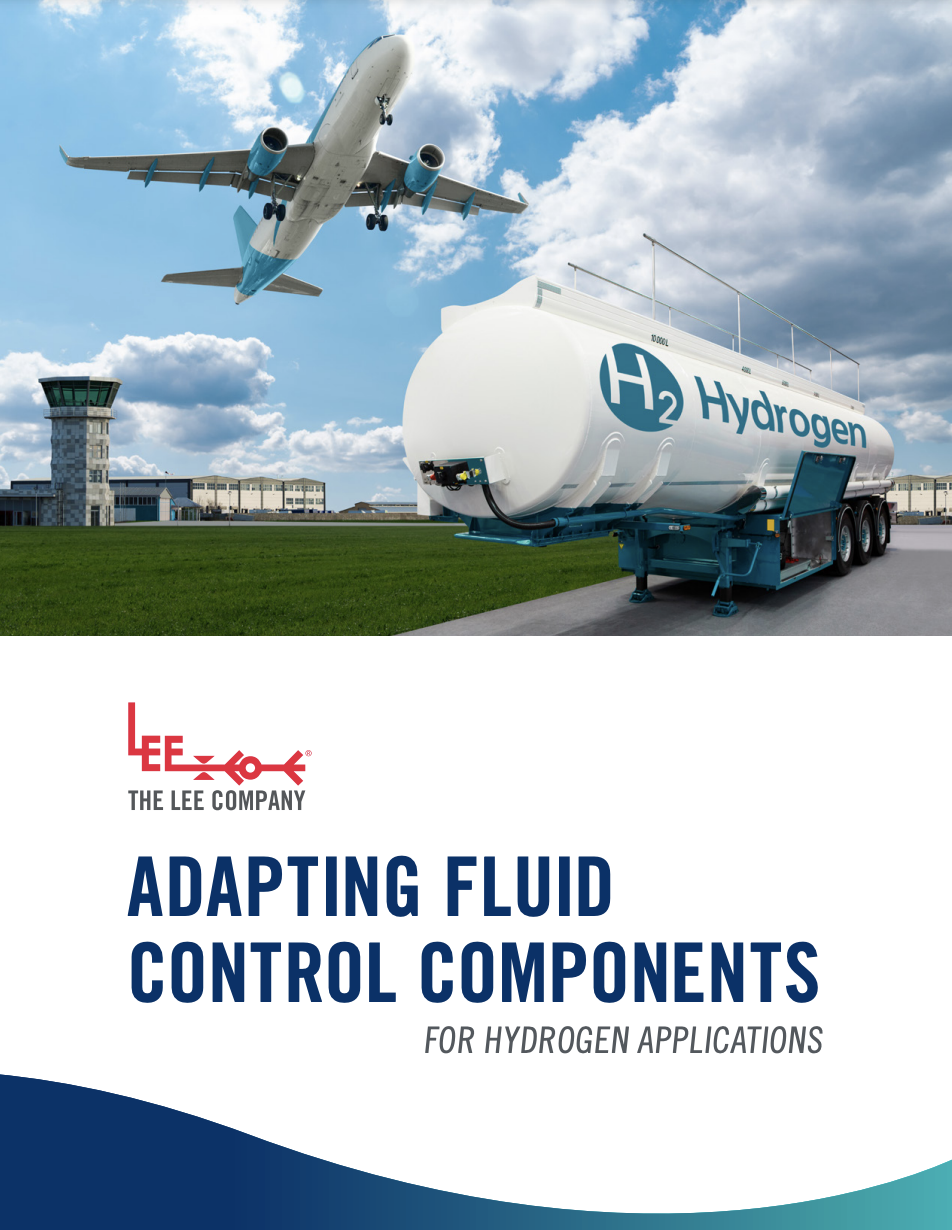Although aviation is a relatively small contributor to global greenhouse emissions, it is also one of the fastest-growing. The major airline companies are aware that the goal of minimizing their carbon footprint is tied to the eventual elimination of the use of fossil fuels. Many of the industry’s major airlines have publicly announced plans to completely phase out carbon-based jet fuels from their operations in favor of a clean-burning alternative—hydrogen.
Transitioning from fossil fuels to hydrogen will require modifications to or replacement of current technologies that control liquid fuel. As engineers assess the impact of these significant modifications, it is important that they address the unique challenges associated with controlling pneumatics in general and hydrogen in particular. This article addresses those challenges associated with the design of components used to control fuel between the storage tank and the combustion chamber of an aircraft, such as flow restrictors, valves, and filters.
Pneumatic Considerations and Challenges:
Hydrogen-Specific Challenges:
